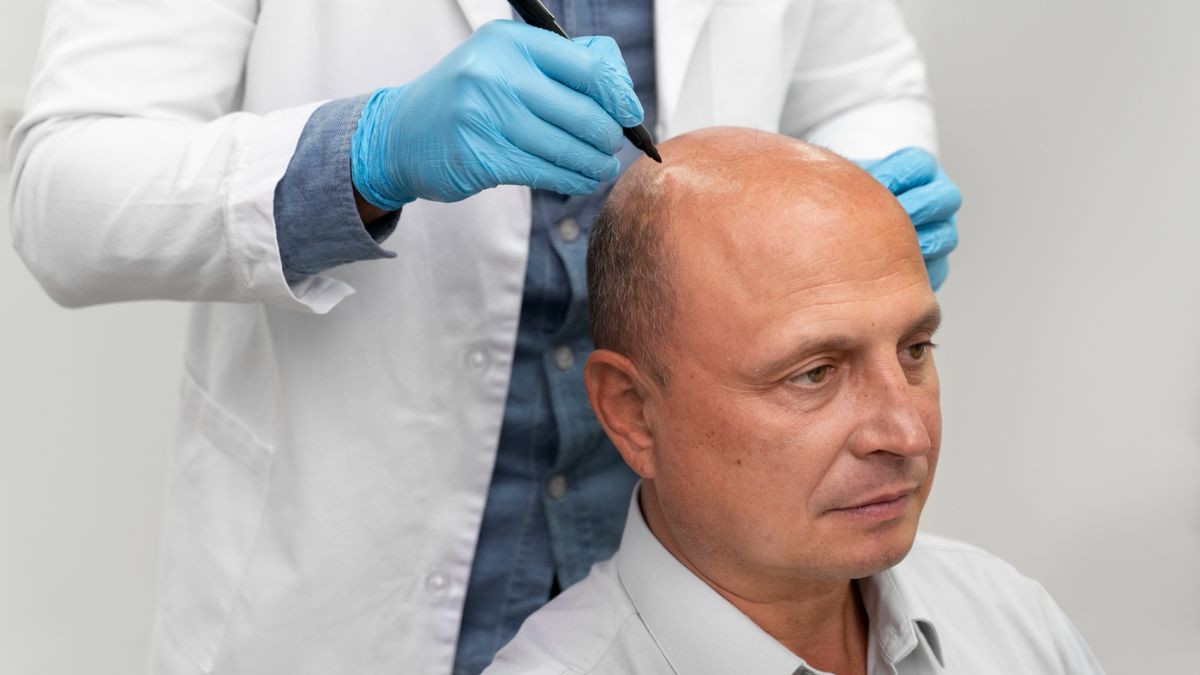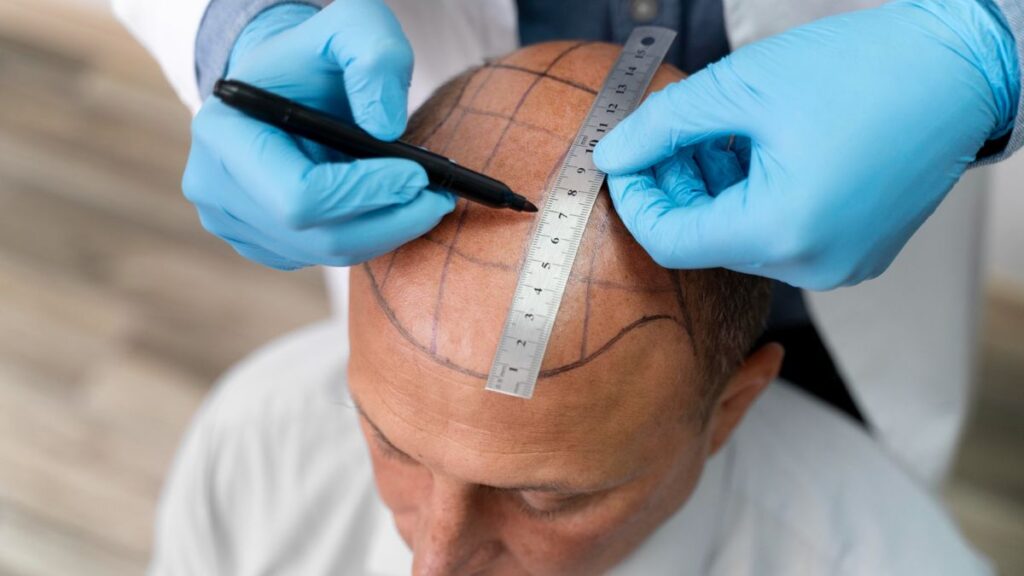Understanding the Strip Hair Transplant Method
Hair transplant surgery has evolved over the years, and while Follicular Unit Extraction (FUE) has grown in popularity, the strip hair transplant method—also known as Follicular Unit Transplantation (FUT)—continues to be a trusted choice for many patients.
The strip method involves removing a narrow strip of scalp from the back of the head, then dissecting it into individual follicular units for transplantation. Though slightly more invasive than FUE, it remains a viable option offered by many established hair replacement clinics due to its ability to yield a high number of grafts.
Who Is an Ideal Candidate?
Strip hair transplant surgery is suitable for individuals experiencing moderate to advanced hair loss who:
- Have good scalp laxity (flexibility of the scalp)
- Need a large number of grafts in one session
- Are not overly concerned about wearing very short hairstyles
- Prefer a quicker procedure compared to FUE
Patients with male pattern baldness, female thinning, or scarring alopecia may benefit from this method. A consultation at a qualified hair replacement clinic will determine your suitability.
What Happens Before the Procedure?
Consultation and Scalp Assessment
Your journey begins with an in-depth consultation where the surgeon will examine your scalp, review your medical history, and assess the severity of hair loss. They may take photographs for progress tracking and map out the donor and recipient areas.
Pre-Op Instructions
Before the day of surgery, patients are generally advised to:
- Avoid alcohol, smoking, and certain medications
- Refrain from caffeine intake on the day of surgery
- Wash hair thoroughly with a non-medicated shampoo
- Arrange transportation home after the procedure
Following these steps helps minimise complications and supports faster healing.
The Procedure: Step-by-Step
Anaesthesia and Preparation
The scalp is numbed using local anaesthetic to ensure a comfortable experience. Once the anaesthesia takes effect, the surgeon begins by identifying and outlining the donor area, usually located at the back of the scalp where hair is most resistant to thinning.
Strip Removal
A thin strip of scalp is carefully removed. The area is then closed using sutures or staples, leaving a linear scar that will eventually be concealed by surrounding hair.
Graft Preparation
Under a microscope, skilled technicians dissect the donor strip into individual follicular units, typically containing 1–4 hairs each. This step is crucial to ensure that the grafts are preserved and transplanted effectively.
Implantation of Hair Follicles
Tiny incisions are made in the recipient area, and the harvested grafts are implanted strategically to match the natural direction and density of your existing hair. This artistry is vital for achieving a natural-looking result.
Aftercare and Recovery
Recovery from a strip hair transplant takes a bit more time than FUE due to the sutures, but most patients find the process manageable with proper aftercare.
Immediate Post-Procedure
- Expect some swelling, tightness, or soreness at the donor site
- Bandages may be applied to protect the area
- Patients are usually allowed to return home the same day
The Healing Timeline
- Days 1–3: Rest and limit physical activity. Keep the scalp dry and clean.
- Week 1: You may return to light work and daily tasks.
- Week 2: Sutures or staples are removed by the clinic.
- Months 1–3: Transplanted hair may shed—this is normal.
- Months 3–6: New hair begins to grow gradually.
- By Month 12: Final results are usually visible, with improved density and coverage.
Benefits of Choosing a Strip Hair Transplant
Although some patients prefer FUE for its less invasive nature, the strip method still offers distinct advantages:
- Higher graft yield in a single session
- Shorter procedure time compared to FUE
- Cost-effective for larger transplant sessions
- Permanent results when performed by a skilled surgeon
This method is especially beneficial for patients with extensive hair loss who require a large number of grafts without multiple sessions.
Choosing the Right Hair Replacement Clinic
Your results depend largely on the expertise of the clinic and surgeon. When selecting a hair replacement clinic, look for:
- Board-certified professionals with experience in both FUT and FUE
- Transparent consultations and realistic expectations
- Before-and-after photos of past patients
- Clean, accredited surgical facilities
- Supportive post-operative care and follow-up visits
A reputable clinic will guide you through the entire journey, from assessment to long-term care.
Long-Term Maintenance

A strip hair transplant provides permanent results, but the surrounding native hair may still thin over time. To maintain a natural appearance:
- Follow your clinic’s aftercare instructions
- Consider ongoing treatments like minoxidil, finasteride, or PRP therapy
- Eat a balanced diet and manage stress
- Schedule periodic check-ins with your surgeon or dermatologist
In some cases, a follow-up procedure may be recommended after a few years to enhance density.
Are There Any Risks?
As with any surgery, FUT has potential risks, including:
- Linear scarring at the donor site
- Temporary numbness or tightness
- Mild swelling or infection (rare with proper care)
- Uneven hair growth in the early stages
Choosing an experienced provider minimises these risks and improves the chances of a smooth recovery.
Final Thoughts

A strip hair transplant is a time-tested solution for those seeking significant coverage and long-term hair restoration. While it does require a slightly longer recovery period and leaves a scar, many patients find the results well worth the trade-off—especially when performed at a trusted hair replacement clinic.
Whether you’re just beginning your hair loss journey or have tried other treatments, FUT may offer the volume and density you’ve been hoping for. Always consult a qualified professional to determine the best method for your individual needs and aesthetic goals.







